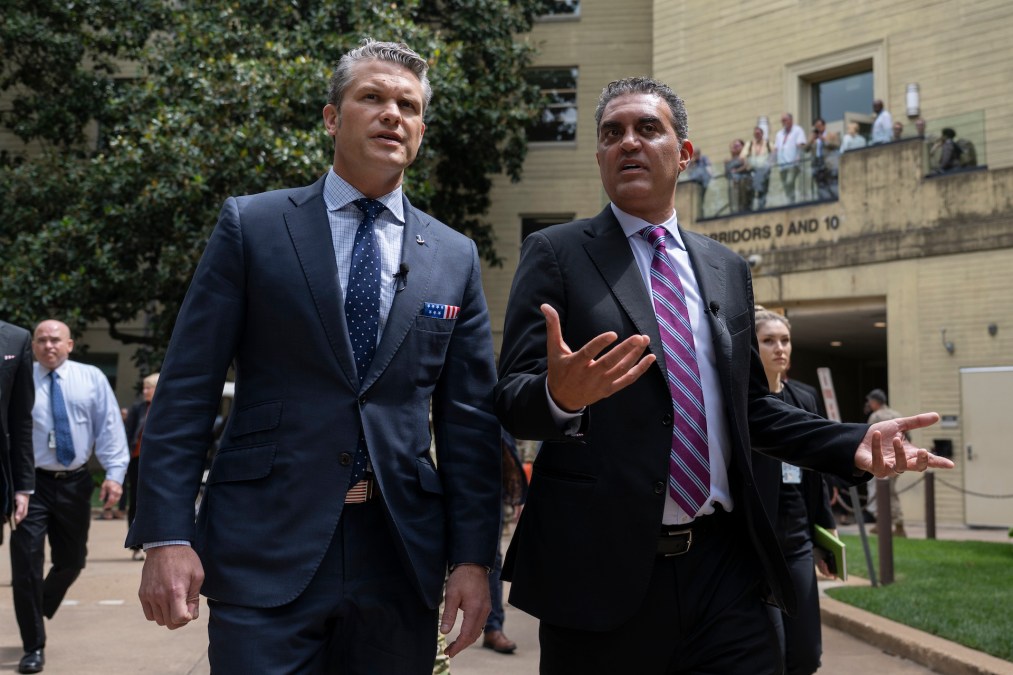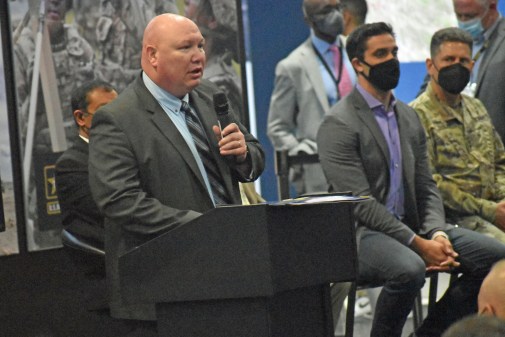Pentagon to trim list of critical technology areas

The Defense Department’s list of critical technology areas that it wants to prioritize is about to get shorter, according to the Pentagon’s CTO.
Emil Michael, the new undersecretary of defense for research and engineering and DOD chief technology officer — who also became acting director of the Defense Innovation Unit earlier this week after Doug Beck resigned — said Wednesday he plans to remove some of the list’s current categories.
During the Biden administration, the list grew to 14 categories. It currently includes trusted AI and autonomy, space, integrated sensing and cyber, integrated network systems of systems, microelectronics, human-machine interfaces, advanced materials, directed energy, advanced computing and software, hypersonics, biotech, quantum, FutureG wireless tech, and “energy resilience.”
“When I took this [CTO] role, we had, or still have, technically, 14 critical technology areas. And it became tradition that every new person who sat in the seat I’m sitting in now would add a few more. So you can see that, well, eventually it would get [to an] endless number of critical technology areas,” Michael said Wednesday at NDIA’s Emerging Technologies for Defense conference.
Doing so has two impacts, he explained. “One, the workforce — it’s harder for them to prioritize when there’s … a huge number of what’s really important. And then the second thing is, they were roadmaps. So they were ideas like, ‘here’s our roadmap on this particular critical technology area.’ So what I’m trying to do is make a smaller number that’s digestible and that people will wake up every day thinking about.”
During a meeting with reporters on the sidelines of the conference, he elaborated on his vision.
“The critical technology areas that my component has published historically are statements of the world of what do we think the most important things are. And so when you have a situation where everyone who comes to this job just adds more, but they don’t take away, well, then the criticality gets diluted. So the idea is to concentrate back to a number that we really believe is critical. That doesn’t mean the things that are not on that list are not important, are not going to have effort and budget behind them. It just means this is actually important. So it’s a pyramid hierarchy, if you will. These are the most important things I need people to wake up every day thinking about … I want to communicate that to industry. And these others have other pathways to success,” Michael said.
He declined to identify which technology areas will make the cut, but suggested that announcements about which ones will remain on the list and which ones will get removed will be forthcoming in the next month or so.
The R&E chief noted that he also wants his directorate to focus more on things that can be delivered in the near term.
“I’m trying to change the roadmaps into sprints, OK. A sprint being what can we achieve in the next two to three years? What is close enough that we [can] get [it to] the warfighter? The warfighter might be able to get this from us in two to three years,” Michael said. “I will always have DARPA for the long-term” innovations, he added, referring to the Defense Advanced Research Projects Agency.
“The universities will always have the basic research,” Michael said. “But I need the component I lead to also be on the front end of delivering something to the warfighter that’s not sort of already existing. If it already existed and it was a program of record, you know, that would be great, [but] I’m just behind that.”






